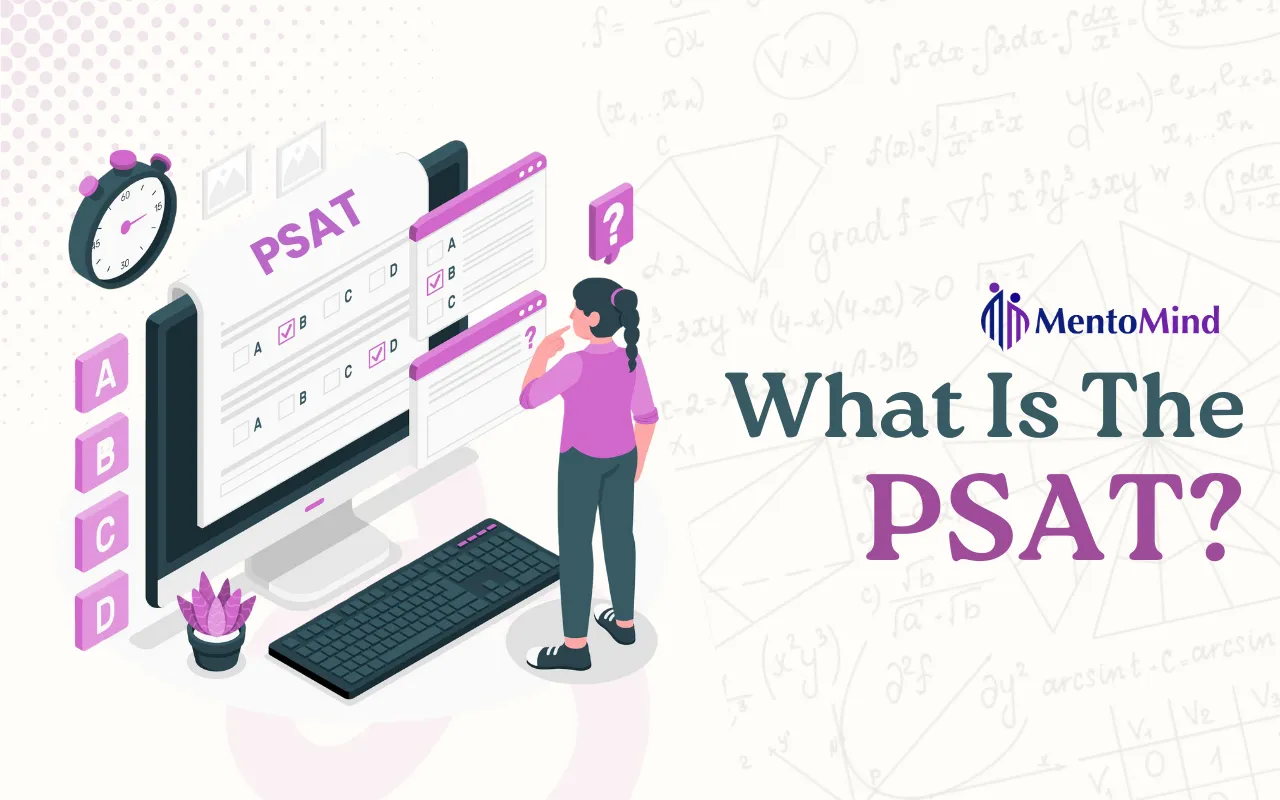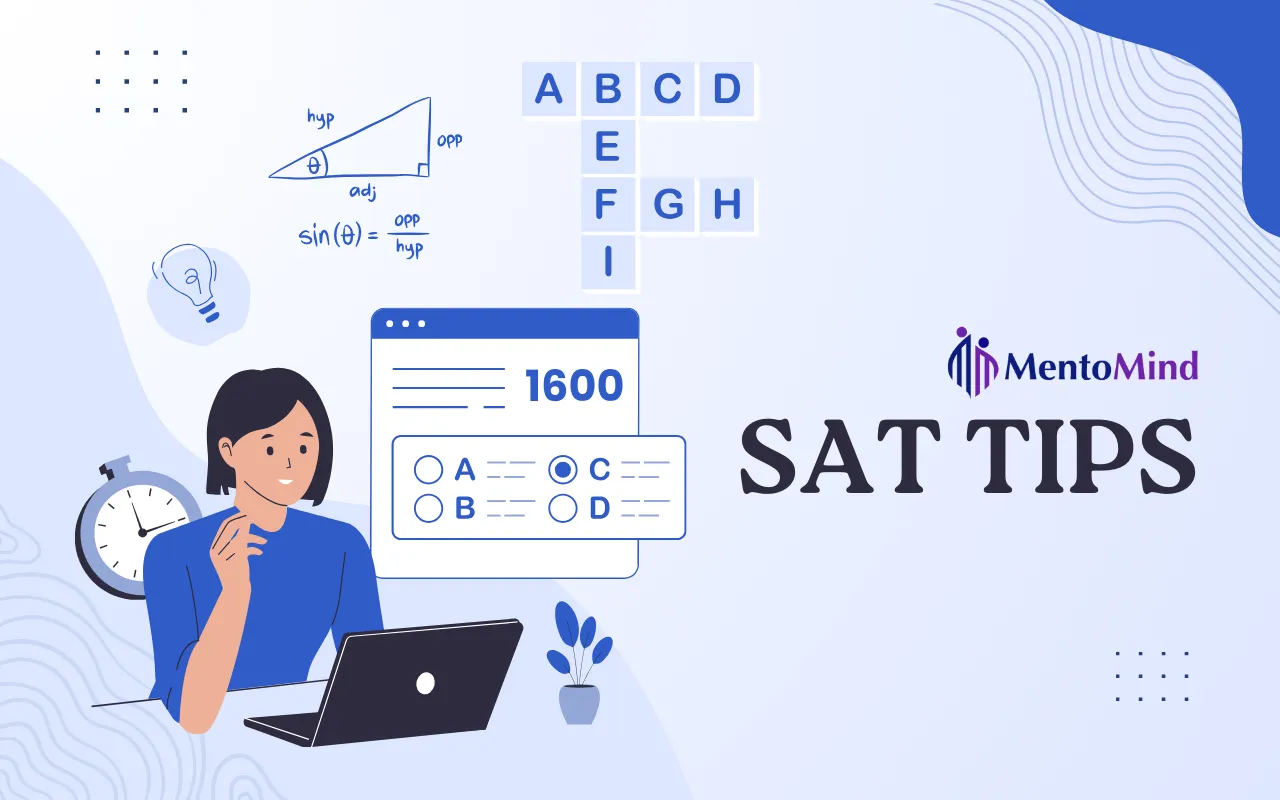Large Language Models (LLMs) are a type of artificial intelligence that can process and generate human language. A LLM is trained on massive amounts of text data, which it uses to learn the patterns and structures of language. The more data it is trained on, the better it becomes at understanding and generating language. Once it has been trained, it can be used to generate new text by predicting what words or phrases are most likely to come next based on the patterns it has learned. E.g. MentoMind is trained for Digital SAT English and Math.
LLMs have many useful applications. They can help you understand or learn a subject better, like a tutor might. They can generate explanations, definitions, and examples to help you understand a concept. If you’re learning a new language, you can use a language model to generate sentences and practice your grammar and vocabulary.
However, language models are not perfect and can make mistakes. This is because they are trained on data that may contain biases or errors, and because language is a complex and dynamic system. Sometimes, the context of a conversation or text is not clear, which can lead to misunderstandings or misinterpretations by the language model. Additionally, some language models have been known to generate inappropriate or off-topic responses, which is why it’s important to use them responsibly and with an awareness of their limitations.
Here are some ways that you can get the highest-quality responses from MentoMind or any LLM:
- Be clear and specific: When asking a question or inputting a problem into a language model, be as clear and specific as possible. Provide all the necessary information and context to help the model understand what you’re asking for. This will help ensure that you receive an accurate and helpful response.
- Check multiple sources: While LLMs can be a great resource for learning and understanding, it’s always a good idea to check multiple sources to verify the information. Don’t rely solely on the response from a language model, but also consult textbooks, articles, or other trusted sources.
- Understand the limitations: As mentioned earlier, language models are not perfect and can make mistakes. It’s important to understand their limitations and be aware of the potential biases or errors in the data they are trained on. Use them as a tool to supplement your learning, but don’t rely on them entirely.
- Practice critical thinking: When using a language model to learn or solve a problem, don’t just accept the response at face value, since sometimes it can make mistakes. Practice critical thinking and try to understand the reasoning behind the response. This will help you better understand the concept and improve your problem-solving skills.
By following these tips, you’ll be able to use Large Language Models most effectively to learn and understand concepts, while also being aware of their limitations and potential biases. By understanding how LLMs work, we can better appreciate their potential and limitations, and use them responsibly to help process and generate language in new and creative ways.



